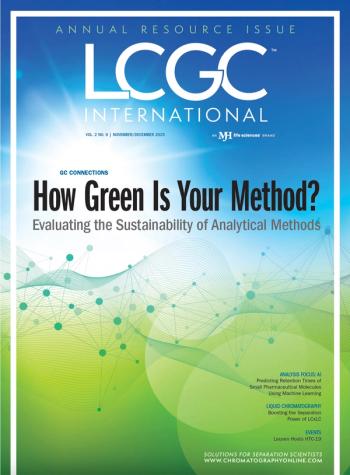
Hollow-Fiber Liquid-Phase Microextraction of Aromatic Amines
Researchers from the Chinese Academy of Sciences (Beijing, China) and the University of Science and Technology of China (Hefei, China) used a two- and three-phase hollow-fiber liquid-phase microextraction method to determine aromatic amines in environmental water samples.
Researchers from the Chinese Academy of Sciences (Beijing, China) and the University of Science and Technology of China (Hefei, China) used a two- and three-phase hollow-fiber liquid-phase microextraction method to determine aromatic amines in environmental water samples. The analytes were aniline, 4-nitroaniline, 2,4-dinitroaniline, and dicloran, and they were extracted from basic aqueous samples into the organic membrane phase of the hollow fiber’s wall and then were back extracted into an acidified aqueous acceptor solution in the lumen of the fiber. According to the researchers, the method worked well with real environmental water samples with microgram per liter level analytes.
Newsletter
Join the global community of analytical scientists who trust LCGC for insights on the latest techniques, trends, and expert solutions in chromatography.



